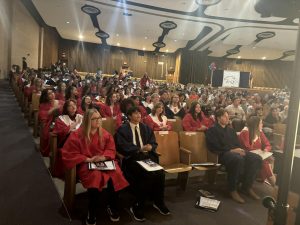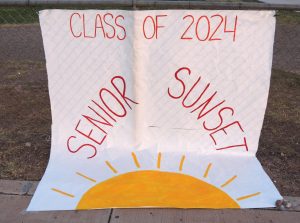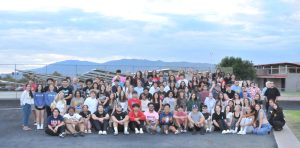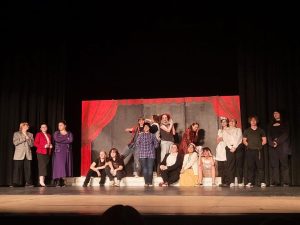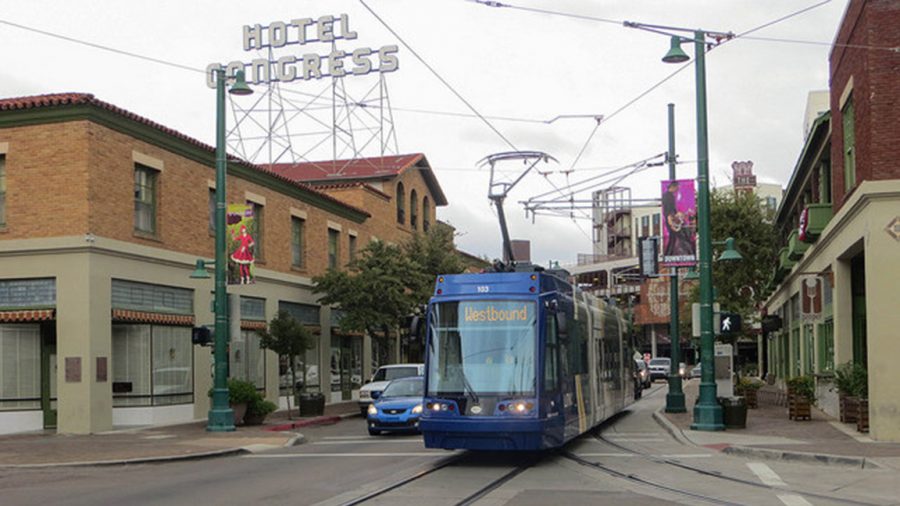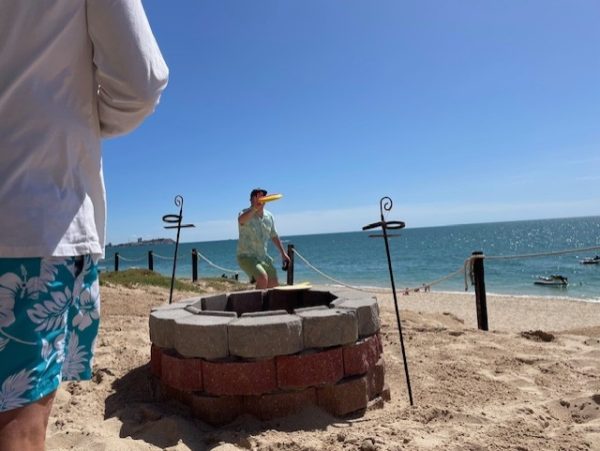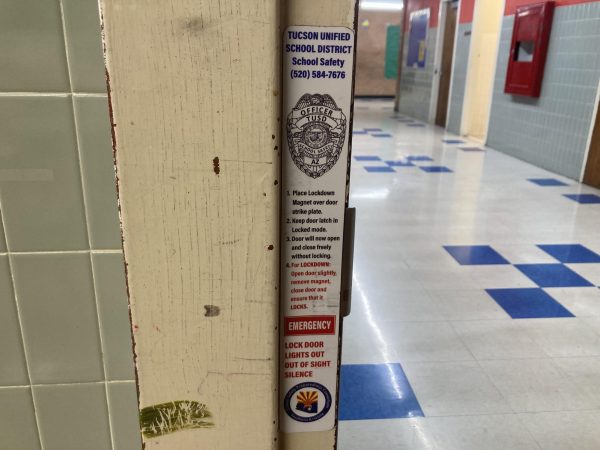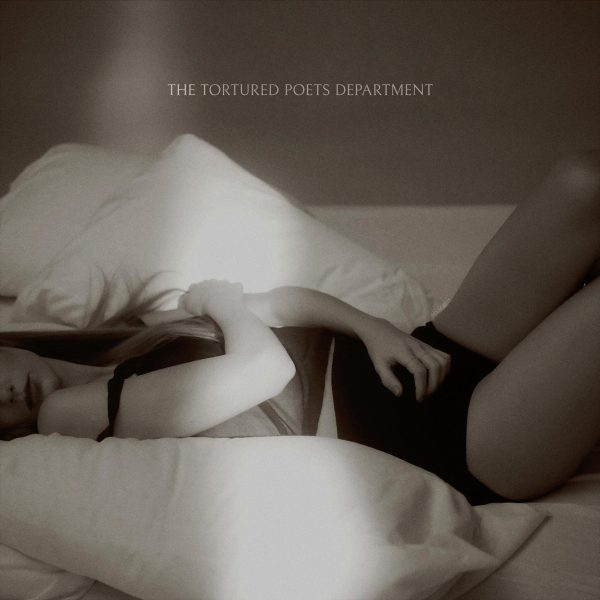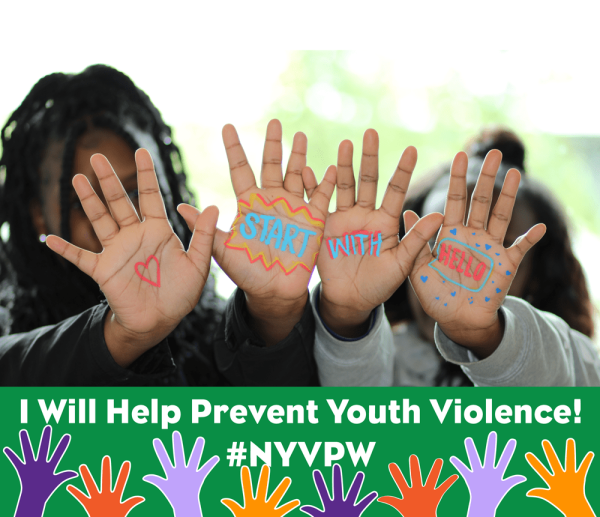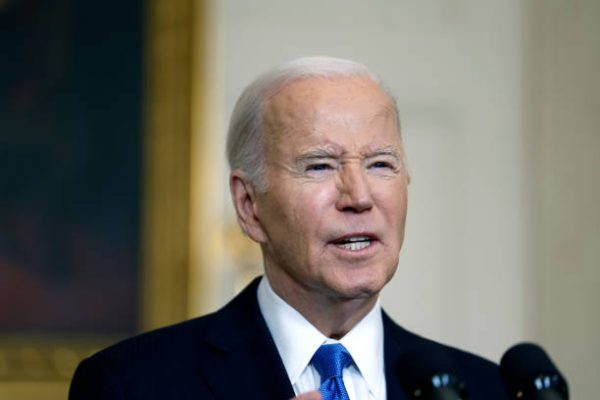Tucson Gentrification: It Affects Everyone
November 4, 2019
Food Citys to Walmarts. Mom-and-pop shops into Dollar Generals. Homes selling/renting for double its original price. This is the ebb and flow of downtown Tucson, the new inferno for gentrification.
You know that the process of gentrification has happened when you see it. But it’s somewhat tricky to define. Gentrification is the movement of turning a seemingly “deteriorating” community into a middle-class or affluent community. In its simplest terms, it’s mostly a matter of forcing poorer people to move.
Gentrification was always a foreign subject to me; relevant, but not an issue that affected me. But when the corner shop on 22nd and Kolb was swiftly replaced by a car dealership, or when the Food City, a 5 minute walk from the Greek Orthodox church I attended as a child, was replaced with a Walmart, I knew something was up.
It’s taking Tucson by storm. And more particularly, Downtown and West-side Tucson. An influx of student housing developments and flipping homes in lower-income neighborhoods have hit those areas the hardest. New luxury apartments have popped up around downtown and around the UA. The average cost of a two-bedroom and two-bathroom luxury apartment like the Hub starts at $1275 a month per person. Lets put this in perspective. The average per capita income in Tucson is $21,684, according to the United States Census Bureau, while the poverty rate in the nation, a rate is 24.1%. It will cause rents and home prices to rise, meaning displacement.
Clearly, these homes aren’t being built for locals.
Don’t get me wrong, building homes is great. But I feel as if house developers are developing homes on top of, not in partnership with, local neighborhoods often filled with Tucsonans of diverse backgrounds.
My biggest fear? Tucson will become an ephemeral home for locals if gentrification continues at the speed it’s propelling at.

